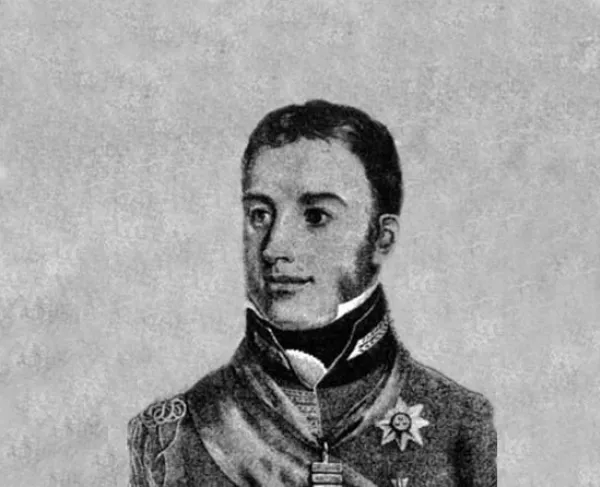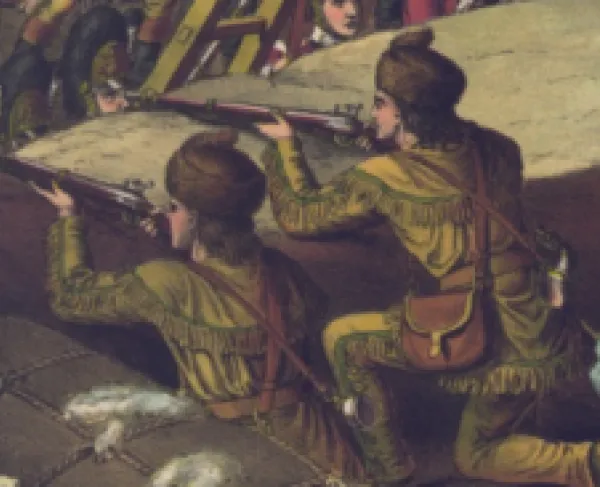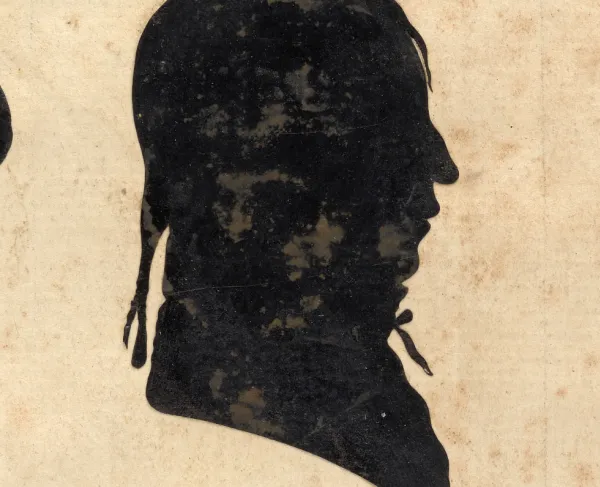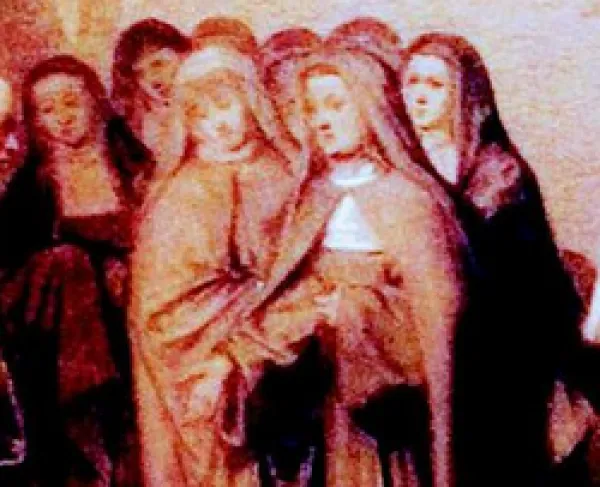Edward Pakenham

Edward Michael Pakenham was an Anglo-Irish army officer who spent the majority of his short life fighting for the British army. His career included service in Ireland, the West Indies, the Iberian Peninsula against Napoleon, and the United States, where he met his death at the age of 36 at the Battle of New Orleans.
Pakenham was born in County Westmeath, Ireland, at his family's estate. His father, Edward, was the second baron of Longford and descended from some of the first English settlers in Ireland, dating back to 1576. The Pakenham family continued to be politically well-connected; in 1806 Pakenham's sister, Kitty, married Arthur Wellesley, the future Duke of Wellington.
He began his army career at a very young age. By age 16, he was a captain, a major by 17, and a lieutenant colonel by age 21. During this early period, he saw service in the Irish Rebellion of 1798. After his promotion to lieutenant colonel, Pakenham received command of the first battalion of the Seventh Royal Fusiliers and transferred with that unit to Halifax Nova Scotia. He saw his first major action in the 1809 Invasion of Martinique, where he was wounded on February 2. His "gallant conduct" at Martinique “drew forth public commendation.”
During summer of 1809, Lieutenant Colonel Pakenham accepted a position on the staff of Wellington’s army in Portugal. He was distinguished for his conduct at the Battle of Fuentes d’Oñoro and in September of 1811 was given the temporary rank of major-general in Spain and Portugal. This promotion made him the youngest major general in the service at that time. At the Battle of Busaco, he was soon at the head of the Seventh Fusiliers, this time leading a brigade. He continued at the head of the “Fusilier Brigade” until the Battle of Aldea da Ponte in which he took command of the Third division of Wellington’s army.
Due to his political connections, Pakenham’s permanent appointment to major general on January 1, 1812, caused “many heartburnings and jealousies” among those senior to him. However, Wellington was hard pressed for senior officers, all of whom, according to the duke “want to go home.” Writing to a subordinate, Wellington was honest about his brother-in-law. “Pakenham may not be the brightest genius, but my partiality for him does not lead me astray when I tell you that he is one of the best we have.”
Pakenham proved the truth of Wellington’s words at the Battle of Salamanca. Ordered to move against a French division, Pakenham’s Third Division was initially checked by the attacking Frenchmen. The Third Division rallied and drove the French with a bayonet charge. The French to give way “in irremediable confusion.” This engagement established Pakenham’s reputation “as a bold and enterprising officer, quick to understand, and ready to carry out any important measure with which he might be intrusted [sic].”
After some deliberation, Pakenham again accepted a position on Wellington’s staff as Adjutant-General to the forces in Spain and Portugal. Though he stayed in that billet for the remainder of the war, he was often found directing troops in battle “with his usual ardour and exemplary courage.” Knighthood affirmed the government’s appreciation for his services. In early 1814, he was inducted into the Order of the Bath, which was elevated to a Grand Cross following his return to England in August of that year.
Following the British defeat at Baltimore, Pakenham was tapped to replace the late General Robert Ross, to command ground forces in the war with the United States. His arrival near New Orleans, Louisiana, on Christmas Day 1814 was a boon to the flagging morale of troops who only two days earlier had staved off a harrowing night attack by U.S. forces. Unaware that his army outnumbered the Americans under General Andrew Jackson, Pakenham spent two weeks maneuvering and preparing. He was finally was ready to attack on January 8, 1815. Unfortunately, delays—including time lost in securing the equipment necessary for scaling the American defense—seriously hampered the British offensive and created confusion amongst the attackers. Pakenham rode forward to bring order to the situation only to have his horse shot out from under him and receive a slight wound. Moments after securing a second mount, Pakenham was struck by a piece of grape shot and fell into the arms of an aide, apparently lifeless. His second-in-command, General Samuel Gibbs, was mortally wounded shortly thereafter. With both principal commanders out of action (and a third general seriously wounded), the British fell back in defeat.
Pakenham’s body was preserved in spirits and transported to Ireland for burial in the family vault. Both Pakenham and Gibbs are memorialized with a sculpture by Richard Westmacott in St. Paul’s Cathedral in London.
Related Battles
71
2,034





